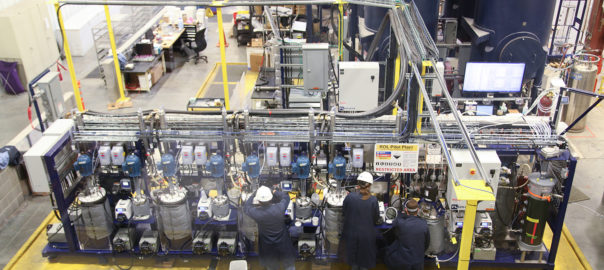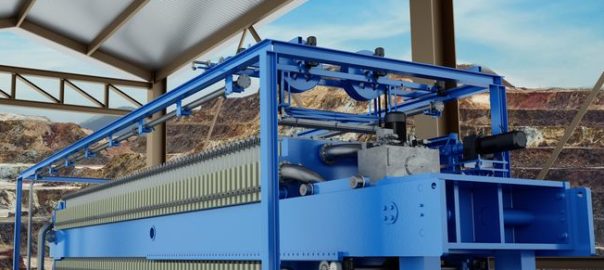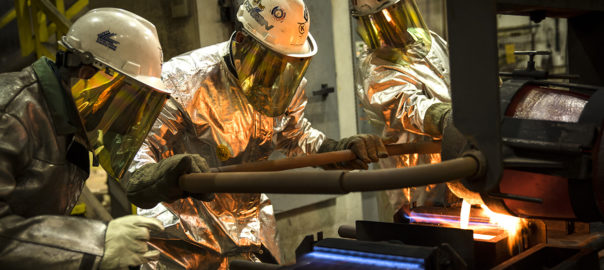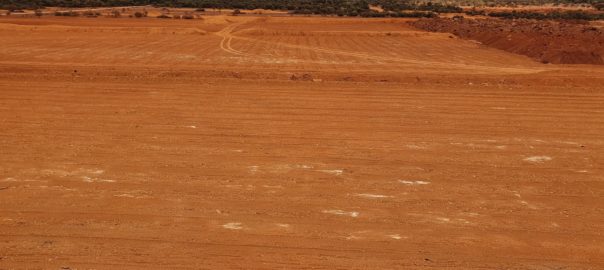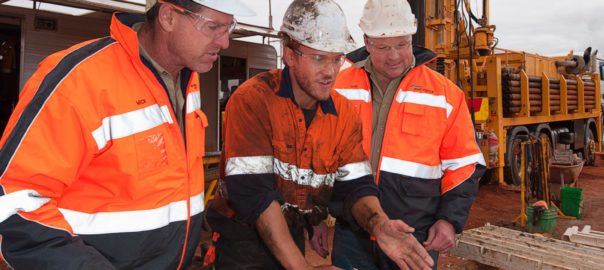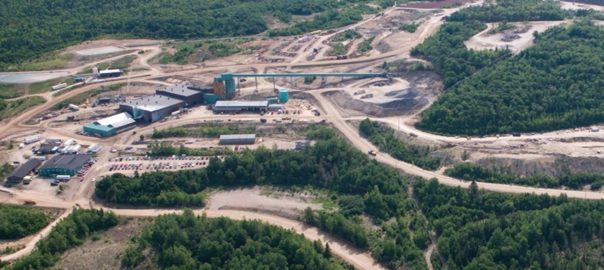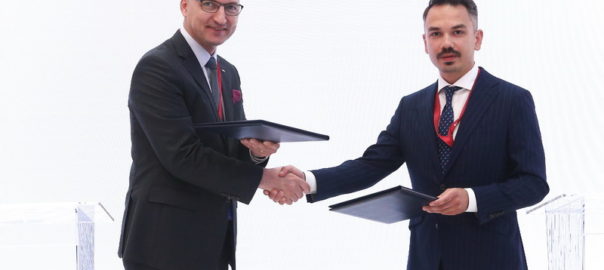Trevali Mining has announced the commencement of a pilot plant testing program using Caribou run-of-mine and milled material at FLSmidth’s Rapid Oxidative Leach (ROL) process testing facility in Salt Lake City, Utah.
The program expands on previous laboratory test work and is aimed at demonstrating the potential to recover zinc, lead, copper, gold and silver as a precipitate or metal and additional zinc and lead from Caribou ore and mill tailings.
The leach test program is targeting an improvement to zinc, lead, copper, gold and silver metal recoveries, the potential to produce a precipitate or metal on site replacing the current ore concentrate that is produced at Caribou – which, if implemented, would lead to savings on transport costs and offsite treatment costs – and the opportunity to process historic mill tailings, which include gold and copper metals, in addition to run of mine ore. The latter would increase revenues and reduce closure liabilities, Trevali said.
Trevali says the use of FLSmidth’s ROL technology also provides the potential to reduce Trevali’s carbon footprint at Caribou and extend Caribou’s mine life and treat lower-grade deposits in the Bathurst camp of Canada.
FLSmidth says ROL leaches 97-99% of copper directly on-site in six to eight hours, from concentrates as low as 5% Cu. In gold, ROL has the potential to unlock the value of undeveloped refractory gold deposits with less than 3 g/t gold head grade, it says.
Unlike other refractory processing techniques, the ROL process uses the application of mechanical energy coupled with oxidation under atmospheric conditions. The process relies on stirred media reactors to accelerate the oxidation of sulphide minerals. This eliminates the need for ultrafine grinding, high temperatures and high pressure which makes it energy saving and very cost-effective, according to the mining OEM.
Trevali said a successful pilot plant test program using ROL may allow Trevali to replace the existing flotation circuit at Caribou with atmospheric leach vessels and potentially an SX/EW train, introducing the possibility of producing base and precious metals on-site and thereby save transport costs and offsite treatment costs.
Conceptual objectives of the program include:
- Recovery of metals/minerals that are not recoverable using the current technology at Caribou (precious metals and magnetite); and
- Improved payables/selectivity of the traditional flotation process using new and emerging technologies.
Ricus Grimbeek, President and Chief Executive Officer of Trevali, said: “FLSmidth’s ROL metallurgical technology has the potential to transform the Caribou mine and the wider Bathurst Mining Camp.
“This next phase of the testing program is an essential step in evaluating the suitability and economic viability of a processing solution with the potential to enhance the value of the in-situ material and tailings at Caribou as well as the surrounding deposits in the Bathurst region. The positive results to date support further study and analysis given the potential implications for the Bathurst Mining Camp in general and Trevali in particular.”
Beyond quantifying the ability to recover additional metal values, the objective for the pilot plant test program is to determine the various kinetic factors, mass and energy balance and engineering data to support future engineering on a preliminary economic assessment for potential processing of the Trevali mill feed and mill tailings and produce metal on site.
Continuous pilot plant trials commenced in June 2021 (Phase 1) to tune the pilot plant and provide material for precious metal leach tests in late July, followed by a test program at the Caribou Mine site that is planned for September 2021 (Phase 2). Leach data and results are expected to verify that batch testing results can be achieved in a continuous operation.







